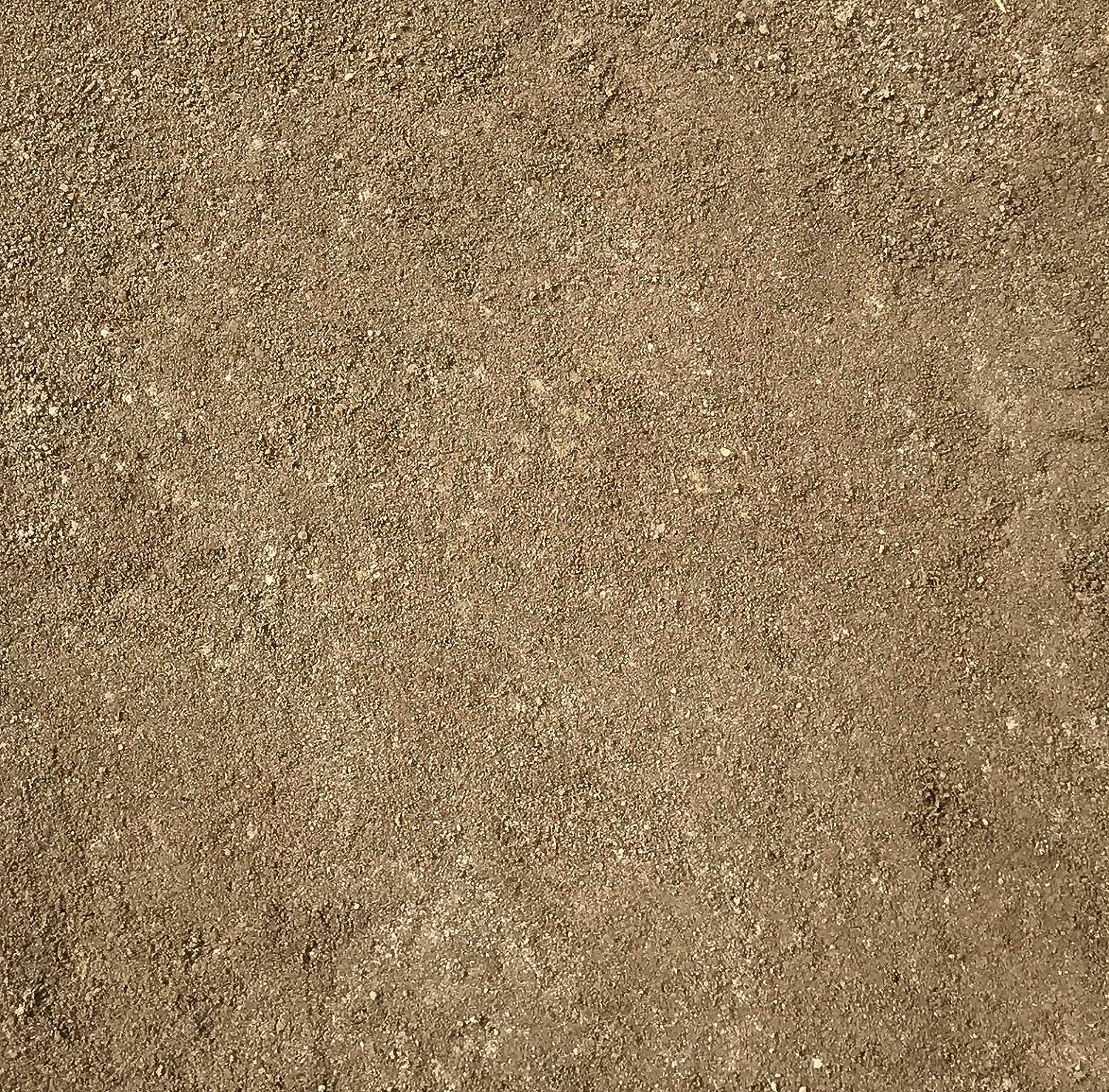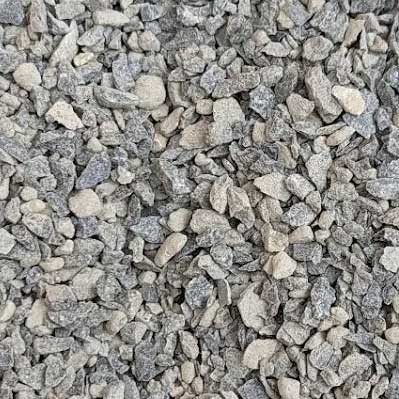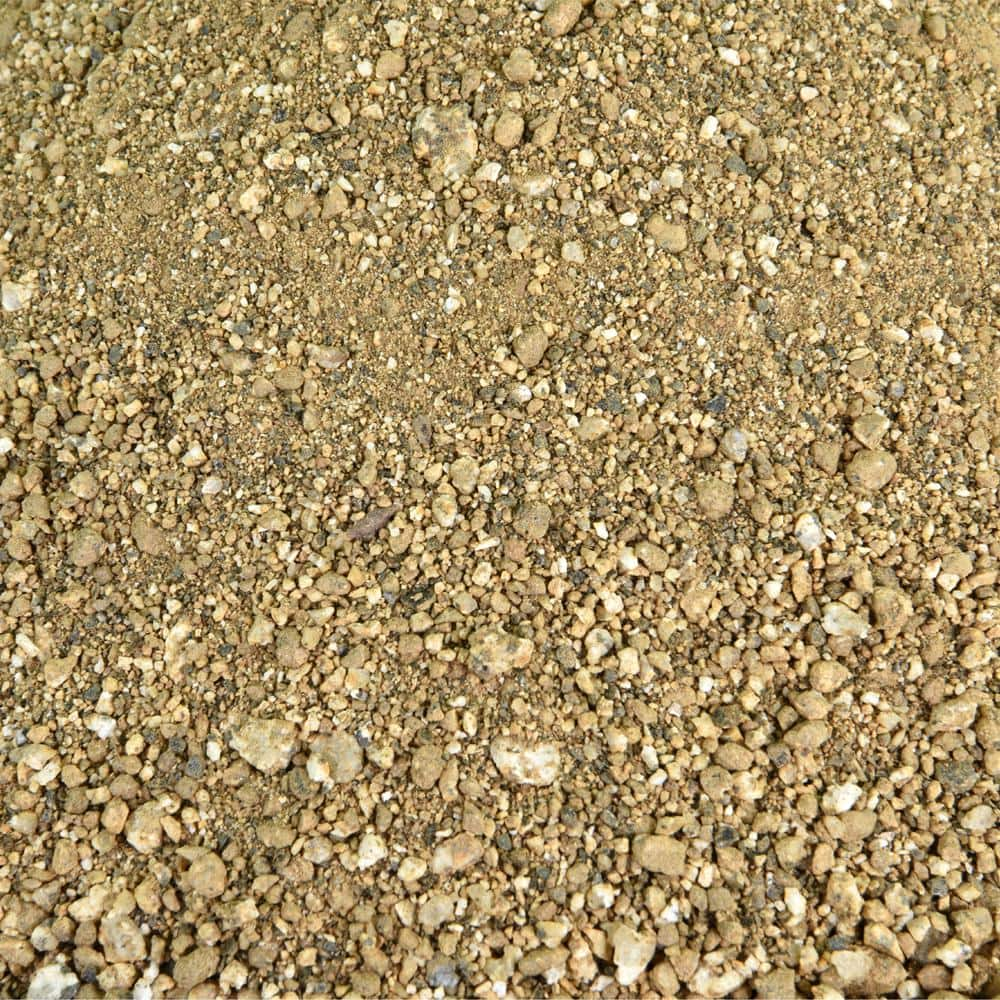What can I use instead of pea gravel in my yard? This is what most landscape designers I asked prefer to use
Gravel might be having a moment in landscaping, but it's not without its drawbacks. Here's what landscape designer suggest instead

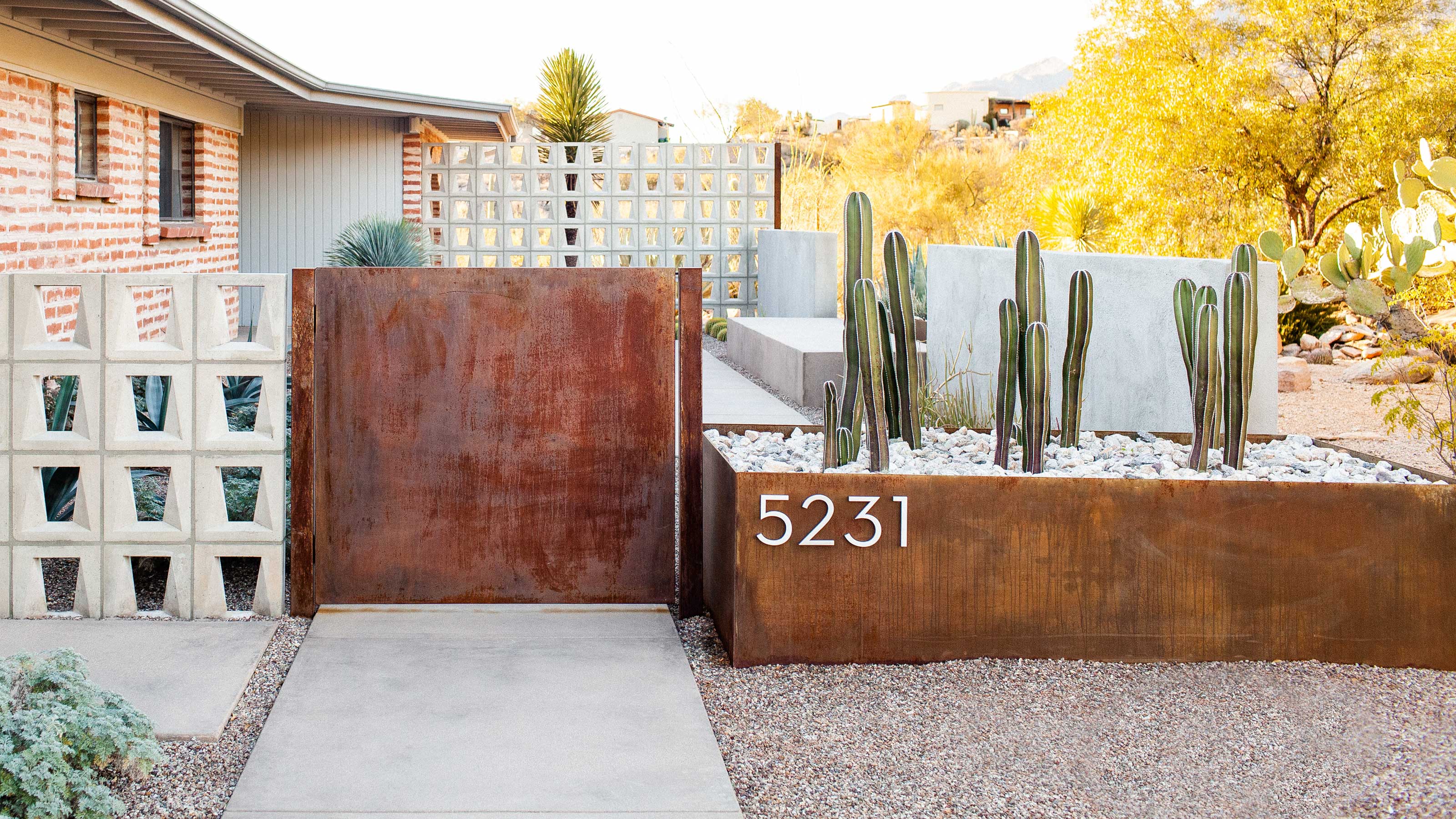
I'd all but discounted gravel as something I liked in landscaping, but recently I've discovered a bounty of beautiful yards that prominently feature gravel as the highlight of their hardscaping.
However, something I uncovered in my research was that sometimes gravel isn't gravel, per se. If you've ever had pea gravel as part of your home's landscaping ideas, you might be well acquainted with some of the drawbacks this material has, which explains why it's not always the top choice for professional landscape designers who know their way around a good backyard.
It turns out, there's something else that can do the job of gravel, that isn't subject to the same flaws. Here's what the pros suggest.
What are the drawbacks of pea gravel?
Pea gravel is a landscaping material that most people will recognize, but maybe not give that much thought about. It looks, in my opinion, great when the right type is chosen for the right gravel landscaping scheme, but it isn't without its drawbacks.
First of all, gravel displaces easily. This means that it's less than ideal for any heavy traffic areas, be it garden paths, driveways or even seating areas where you'll struggle to create a solid base for furniture to sit on. You'll also find that gravel, without a base layer, will get compacted into the earth underneath.
Mixed gravels are also made up from different kinds of stone, which wear at different rates. That uneven wear, along with the fact that gravel isn't the most durable type of stone, means you might have to replace it in these spaces every three or five years.
It's also not easy to walk on barefoot - something that may or may not be a concern for you. But if you want a gravel-like look around a seating area, wouldn't it be nice to be able to walk barefoot if you wanted?
The Livingetc newsletters are your inside source for what’s shaping interiors now - and what’s next. Discover trend forecasts, smart style ideas, and curated shopping inspiration that brings design to life. Subscribe today and stay ahead of the curve.
What's the alternative?
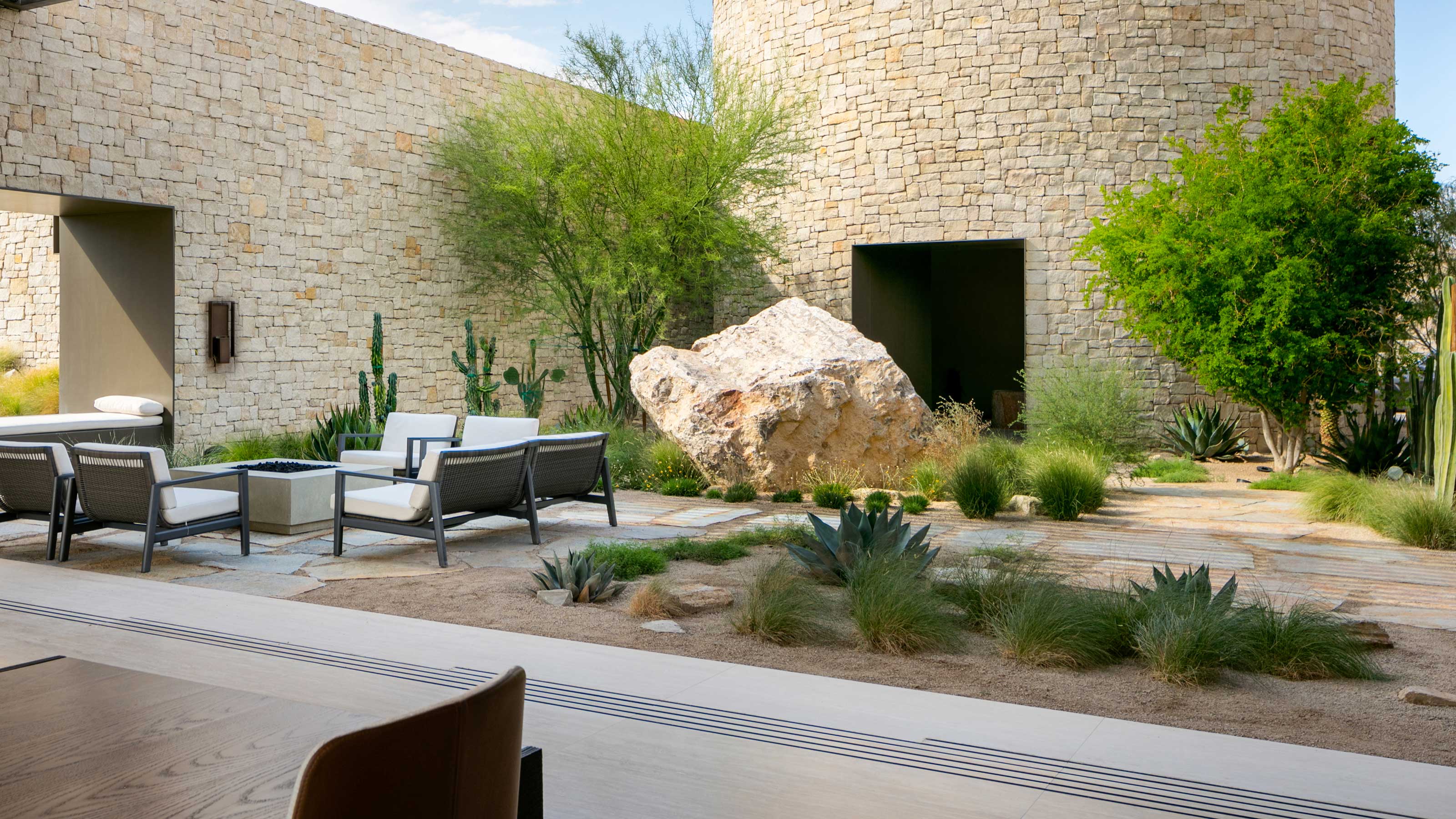
The designers I spoke to extolled the virtues of a hardscaping material called decomposed granite (DG) for backyards. 'We use decomposed granite for all ground cover,' landscape designer Kathryn Prideaux, founder of Prideaux Design, tells me. 'Most of my projects use DG for the base around all planting areas that aren’t finished with a hardscape element.'
Decomposed granite is, generally, a finer material than gravel. It's natural and permeable in the same way as gravel, but thanks to its make-up, it's also more stable, too. That means it can be used for areas like paths and driveways, and will always stay put. Granite is one of the hardest type of stone, too, which means its far more durable than your run of the mill gravel, and won't need to be replaced as often.
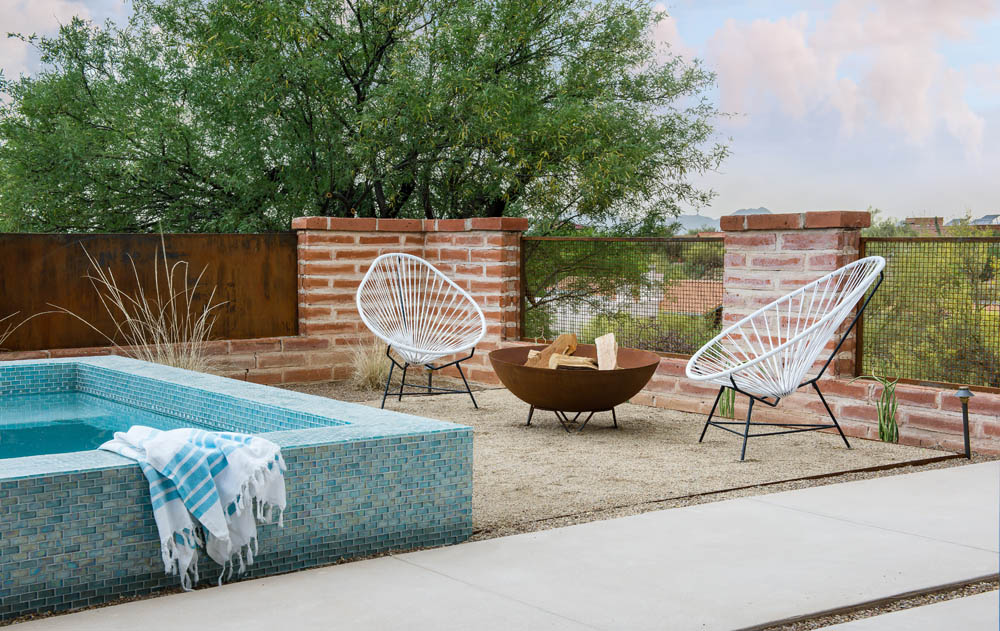
There are a couple of types of decomposed granite. The more natural DG is used much like gravel, as a decorative landscaping finish and even mulch-alternative.
Then there's "stabilized" decomposed granite. 'Stabilized DG has a stabilizing agent in it - to create a more hard packed surface - appropriate for sitting areas or paths,' says Kathryn. 'I use stabilized DG to create a defined patio space - often for a fire feature as I love the rustic nature it provides.'
DG can also be used with resin for a super-solid finish. This replicates the likes of asphalt, so is more popular for driveways, but looks a bit more organic.
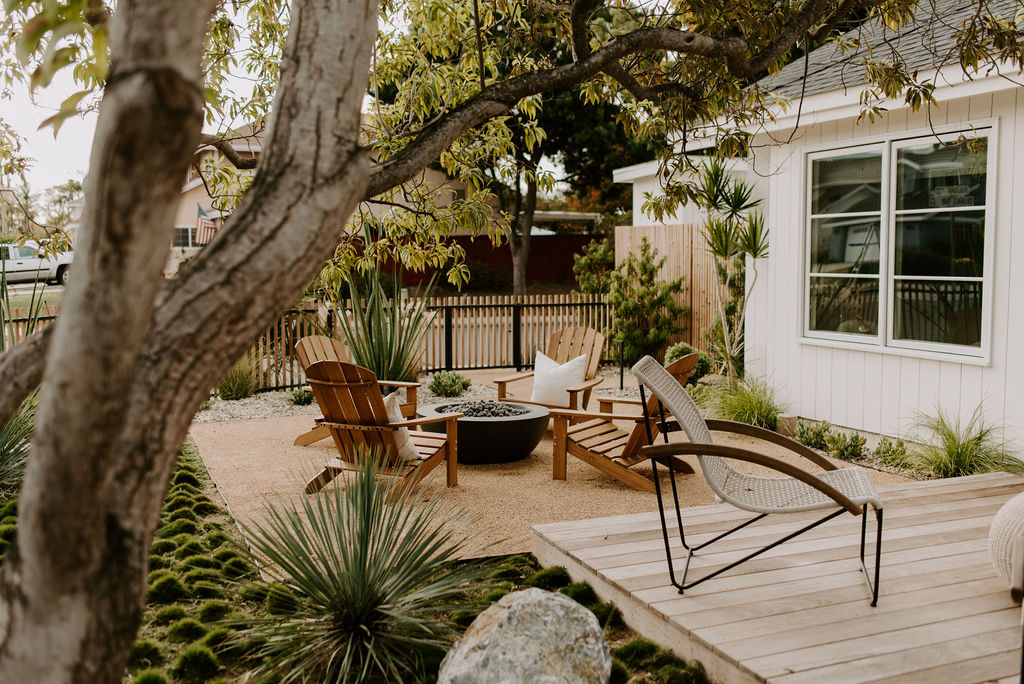
If you want something that's more comfortable to walk on than either pea gravel or decomposed granite, there's another option to consider, too. 'Chipseal is smaller than a crushed rock but larger than DG,' explains Ben Fredrickson, founder of Fredrickson Landscape Inc. 'We've found it's the easiest to walk on, even barefoot, and it doesn't move or track like other materials.
When is gravel better?
Decomposed granite is a great alternative to gravel for the reasons above, but it has limitations, too. It's a particular aesthetic for your backyard, for one, and you might find you prefer the way gravel looks. DG is a little flatter and finer than gravel, and comes in less color options. While gravel can be one color or a varied mixture of stones that add a certain depth of texture, decomposed granite is available in a more limited offering.
Devon Brown, founder and lead designer of Charter Oak Landscape Development, suggests using decomposed granite as a base, in combination with gravel. 'In areas with high foot traffic or driveways, I specify a base layer of decomposed granite to keep the gravel in place and eliminate the product from being compacted into the soil,' he explains.

Luke Arthur Wells is a freelance design writer, award-winning interiors blogger and stylist, known for neutral, textural spaces with a luxury twist. He's worked with some of the UK's top design brands, counting the likes of Tom Dixon Studio as regular collaborators and his work has been featured in print and online in publications ranging from Domino Magazine to The Sunday Times. He's a hands-on type of interiors expert too, contributing practical renovation advice and DIY tutorials to a number of magazines, as well as to his own readers and followers via his blog and social media. He might currently be renovating a small Victorian house in England, but he dreams of light, spacious, neutral homes on the West Coast.
